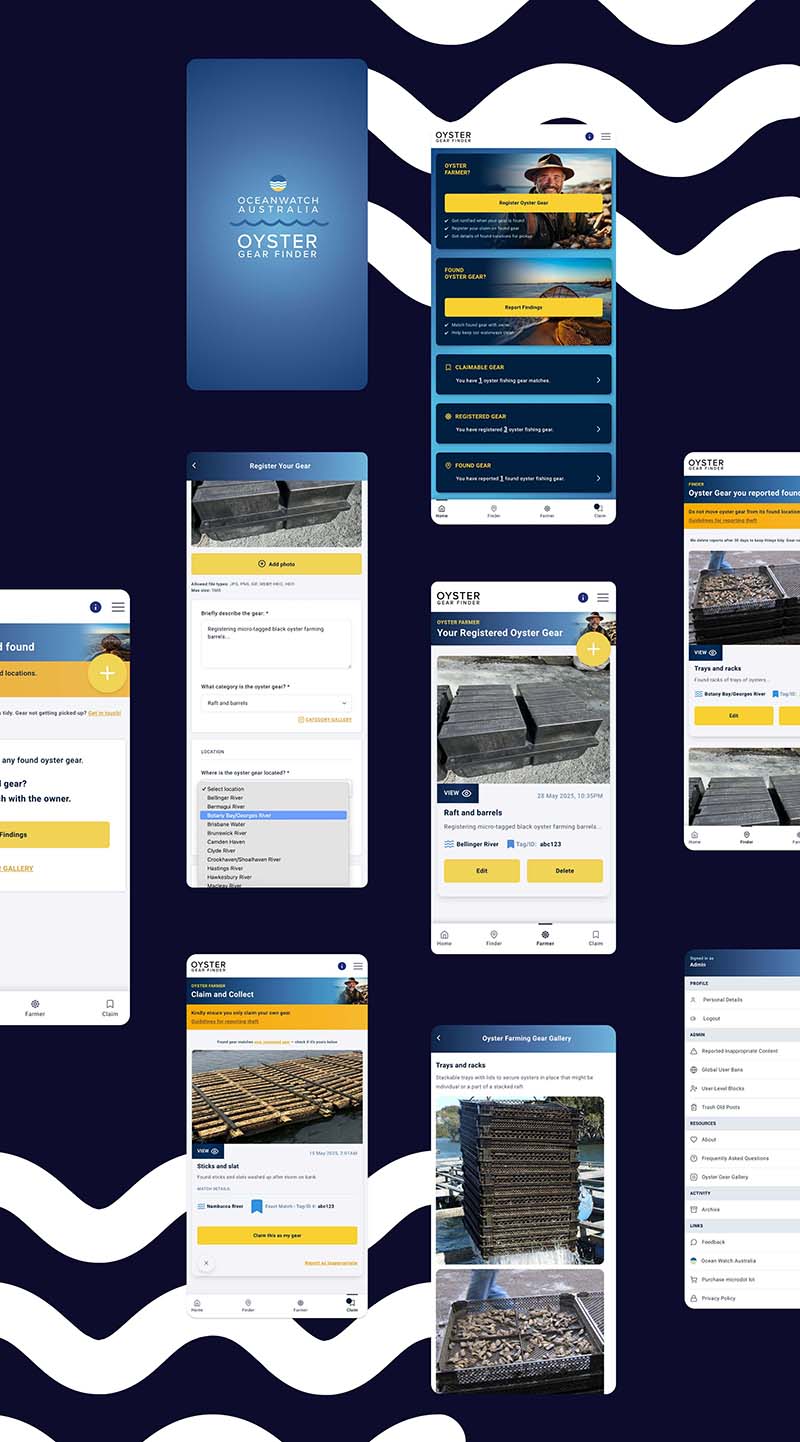From Team of Ten to Team of One: How AI Lets Hybrid Creators Build Complex Apps Solo
How AI is revolutionizing development — empowering hybrid creatives with UX savvy and coding skills to build complex applications that once required full-stack teams, as developers without UX instincts risk being left behind.

Hi, my name is Melanie. I've been a hybrid designer and developer for over 22 years, and I’ve seen firsthand how web and app development has evolved — from relying on large teams of skilled developers collaborating to build complex applications, to now having AI step in as that backbone of expertise. AI replaces the need for a team with specialized knowledge of programming languages — with AI itself.
Let me explain...
Development has shifted dramatically. Thanks to modern tools and AI, front-end developers are quickly becoming full-stack developers. We no longer need large specialized teams to build complex applications. AI has changed the game.
What’s becoming more valuable now is someone who understands UX deeply — how things should look, feel, and behave — and who can clearly communicate those needs to AI tools to build and adapt functionality efficiently.
Instead of requiring a full-stack team, a strong hybrid — someone who combines UX understanding with development skills — can now work faster, more accurately, and deliver better outcomes. AI takes care of much of the "building" if you're precise with your instructions and user goals.
It’s no longer about how well you know programming syntax — it’s about how well you understand the moments that matter to users, logical outcomes, intuitive design, and how to direct AI to bring that vision to life.
In my latest projects, I’ve been working with Google AI Studio, Gemini Flash, and ChatGPT. For some reason, when using Gemini Flash, I kept finding myself returning to ChatGPT as my preferred tool. However, Google AI Studio rose above them all and brought the most strength to the table.
Here’s why:
ChatGPT is fantastic for quick iterations, idea generation, and problem-solving on the fly. It’s great when you want instant responses and fast feedback loops during the design and development process.
But when I need to go deeper into complex code, debug intricate logic, or evaluate broader structures, Google AI Studio has become my go-to. It picks up on finer technical nuances, offers more structured responses, and feels more grounded in the development layer.
However, with tools like Google AI Studio, response times start out reasonably quick, but can sometimes stretch to several minutes — especially if the request involves large chunks of code or a long interaction history. It can even hang or freeze occasionally, which makes for frustrating wait times. That said, the depth and accuracy of its responses often make the wait worthwhile.
In fact, there are times when I’ve asked it to analyze multiple pieces of code across a session, and eventually my browser slows, responses lag, or it appears to be maxing out its processing power. Still, the payoff — in terms of clarity, precision, and heavy-lifting — is massive.
The future? I’m genuinely excited.
These AI tools are evolving fast, and I believe we’ll soon see responses at this level of complexity delivered near-instantly. That’s a game-changer for my workflow — and for the entire industry.
So what roles will shift or disappear?
Highly specialized roles that only focus on a narrow slice of the stack may face more pressure. When AI can assist with complex backend logic or automate front-end scaffolding, the need for separate team members to manage each of those parts becomes less critical — especially on leaner teams or for startups.
But roles focused on strategy, UX, creative direction, and product thinking? They’re becoming even more essential. Because while AI can build, it still needs a clear vision, detailed instruction, and thoughtful experience design to execute well.
In conclusion
In conclusion, as a hybrid designer-developer, I feel empowered. With the help of tools like ChatGPT and Google AI Studio, I’m able to execute complex app builds that once required a full-stack team. The ability to concept, design, and build within a single workflow — supercharged by AI — is a thrilling shift in how I work. And I can’t wait to see where this goes next.
Below is a snapshot of the app I recently built using the latest AI tools available in 2025, showcasing how AI-powered development is reshaping complex app creation.


About the Author
Melanie Graham is a hybrid designer and developer with over 20 years of experience designing and building digital products and experiences, including branding, websites, and apps. She runs Graham Agency, a digital agency based in Byron Bay, offering brand, web, and UX solutions.
Let's build something great
Ready to unleash your business vision?

